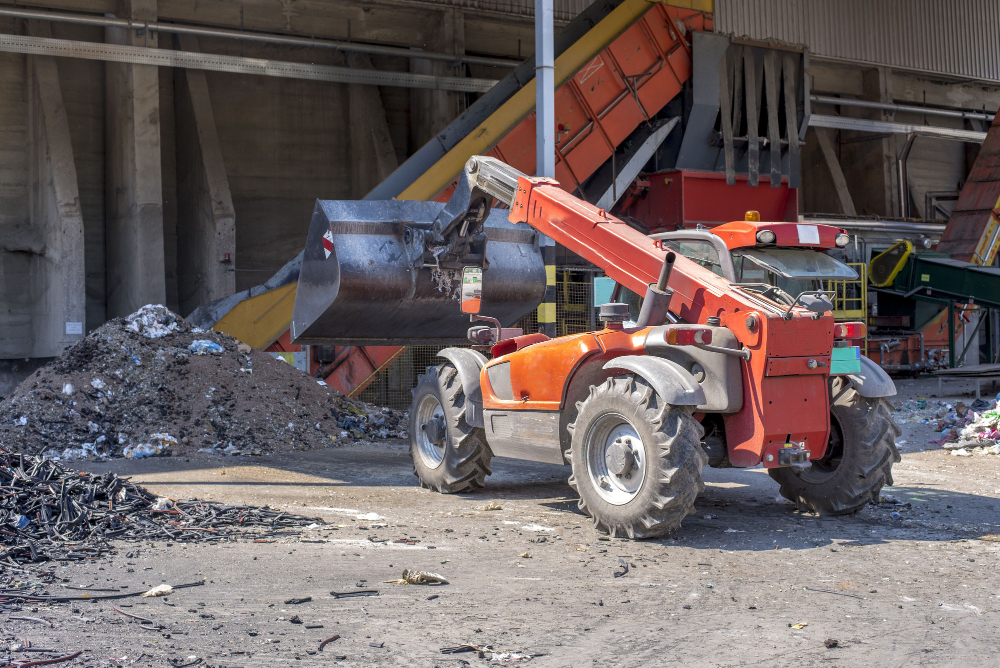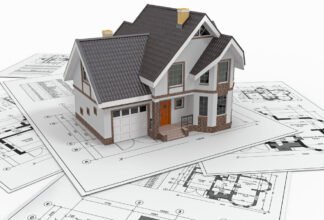Why Steel Is the Ideal Choice for Your Commercial Building’s Structure
- 1 1. Strength and Durability
- 1.1 High Strength-to-Weight Ratio
- 1.2 Resistance to Environmental Factors
- 1.3 Seismic and Wind Resistance
- 2 2. Cost-Effectiveness
- 3 3. Design Flexibility
- 4 4. Sustainability
- 4.1 Reduced Environmental Impact
- 4.2 Energy Efficiency in Buildings
- 4.3 Longevity and Lifecycle Benefits
- 5 5. Fire Resistance
- 6 6. Technological Advancements
- 7 Conclusion
When selecting materials for constructing commercial buildings, steel stands out as an exceptionally favorable option. Its advantages span durability, sustainability, cost-effectiveness, and design flexibility, making it a preferred choice among architects, engineers, and builders. This article delves into the various reasons why steel is the ideal choice for the structure of commercial buildings.
1. Strength and Durability
High Strength-to-Weight Ratio
Steel’s high strength-to-weight ratio means that it provides robust support without adding unnecessary bulk to the structure. This characteristic allows for the construction of taller buildings and longer spans without requiring large and heavy support columns, making it ideal for high-rise buildings and expansive floor layouts.
Resistance to Environmental Factors
Steel is inherently resistant to many environmental factors that can compromise the integrity of other building materials. Unlike wood, it does not warp, crack, or split under moisture and temperature fluctuations. Modern protective coatings further enhance steel’s resistance to corrosion, making it suitable for a variety of climates, including those with harsh weather conditions or high humidity.
Seismic and Wind Resistance
The flexibility and strength of steel provide excellent resistance to seismic activity and strong winds. Steel structures can absorb and dissipate energy from earthquakes, reducing the risk of catastrophic failure. This resilience is crucial in areas prone to seismic activity or severe weather, where building stability is a primary concern.
2. Cost-Effectiveness
Efficiency in Construction
Steel structures can be pre-fabricated and assembled quickly on-site, reducing construction time and labor costs. This efficiency translates to financial savings for developers and faster project completion, which is particularly beneficial in commercial projects where time-to-market can impact profitability.
Lower Maintenance Costs
The durability of steel translates into lower maintenance costs over the building’s lifespan. Unlike materials that may require frequent repairs or replacements, steel’s resistance to common forms of wear and degradation ensures that it remains in good condition with minimal upkeep.
Recyclability and Reusability
Steel is 100% recyclable, and its properties do not degrade through recycling processes. This recyclability not only supports sustainability but also provides economic benefits. At the end of a building’s life, the steel can be recycled and reused, offering potential returns on investment and reducing disposal costs.
3. Design Flexibility
Architectural Versatility
Steel’s strength allows for innovative and complex architectural designs that might be challenging with other materials. It supports large, open spaces without the need for numerous columns or load-bearing walls, enabling creative layouts that maximize usable space and aesthetic appeal.
Adaptability
Steel structures can be easily modified or expanded to accommodate changing needs. This adaptability is crucial for commercial buildings that may require reconfiguration over time due to evolving business demands. Steel framing systems allow for straightforward renovations, additions, or repurposing, enhancing the building’s long-term utility.
Integration with Other Materials
Steel can be seamlessly integrated with other building materials such as glass, concrete, and wood, providing additional design options and aesthetic possibilities. This compatibility allows architects to blend different materials to achieve the desired appearance and functionality.
4. Sustainability
Reduced Environmental Impact
Steel production has become increasingly sustainable, with advances in manufacturing processes that reduce energy consumption and emissions. Many steel producers are committed to eco-friendly practices, such as using recycled materials and implementing energy-efficient technologies.
Energy Efficiency in Buildings
Steel contributes to the energy efficiency of buildings through its ability to support high-performance insulation systems and sustainable design practices. It enables the creation of tight building envelopes that minimize energy loss and support energy-efficient HVAC systems, reducing operational energy consumption and costs.
Longevity and Lifecycle Benefits
The long lifespan of steel structures contributes to their sustainability by reducing the frequency of reconstruction and associated environmental impacts. Steel buildings can remain functional and structurally sound for decades, minimizing the need for new construction materials and the waste generated by building replacements.
5. Fire Resistance
Enhanced Safety
Steel is non-combustible and does not contribute to the spread of fire, enhancing the safety of commercial buildings. While steel can lose strength at high temperatures, modern fireproofing methods, such as intumescent coatings and fire-resistant barriers, effectively protect steel structures from fire damage.
Compliance with Fire Codes
Using steel can simplify compliance with fire safety codes and regulations, as it inherently meets many fire resistance requirements. This compliance can reduce the complexity and cost of meeting safety standards, providing an additional advantage in commercial construction.
6. Technological Advancements
Innovations in Steel Manufacturing
Advancements in steel manufacturing have resulted in new types of steel with enhanced properties, such as increased strength, corrosion resistance, and lighter weight. These innovations expand the applications of steel in construction and improve its performance characteristics.
Integration with Modern Construction Techniques
Steel is well-suited for integration with modern construction techniques such as modular construction and prefabrication. These methods offer further efficiency and precision in building design and assembly, aligning with contemporary trends in commercial construction.
Conclusion
Steel’s combination of strength, durability, cost-effectiveness, design flexibility, and sustainability makes it the ideal choice for the structure of commercial buildings. Its ability to support innovative designs while offering economic and environmental benefits ensures that it will continue to play a pivotal role in the future of commercial construction.
As the construction industry evolves, steel remains a versatile and reliable material that meets the demands of modern architecture and engineering. Its proven track record and ongoing advancements underscore its status as a cornerstone of commercial building projects, providing a solid foundation for innovation and growth.

















